Did you know the first crosswalk emerged in the city of Pompeii more than 2000 years ago? Check out how it has evolved since Antiquity!
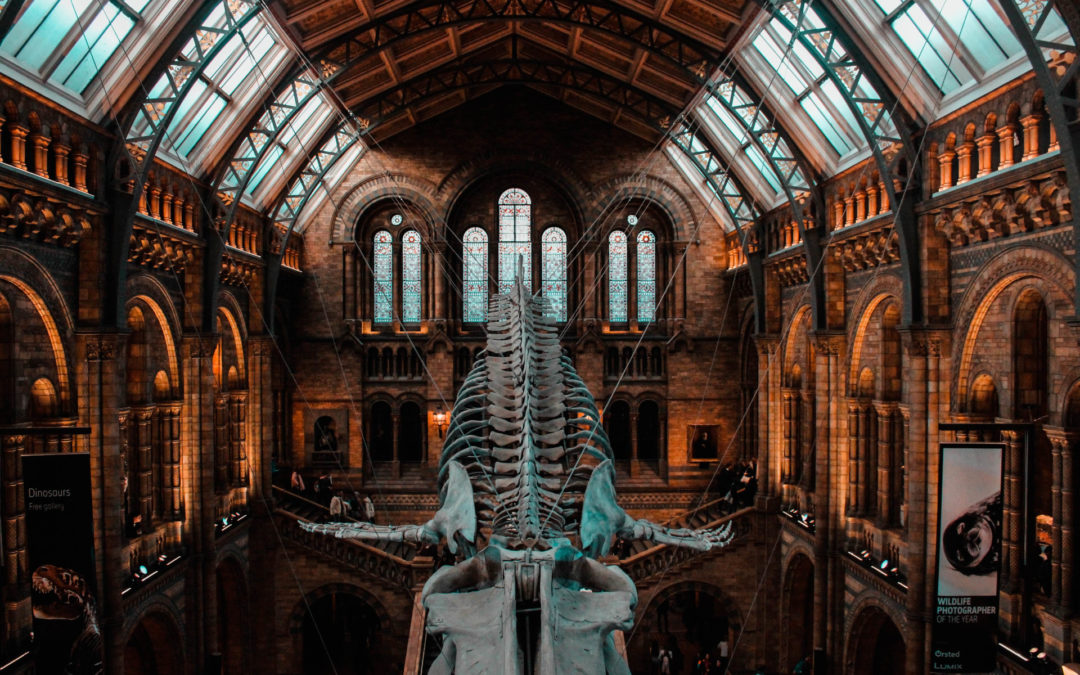
How to Make Museums More Accessible for People with Disabilities?
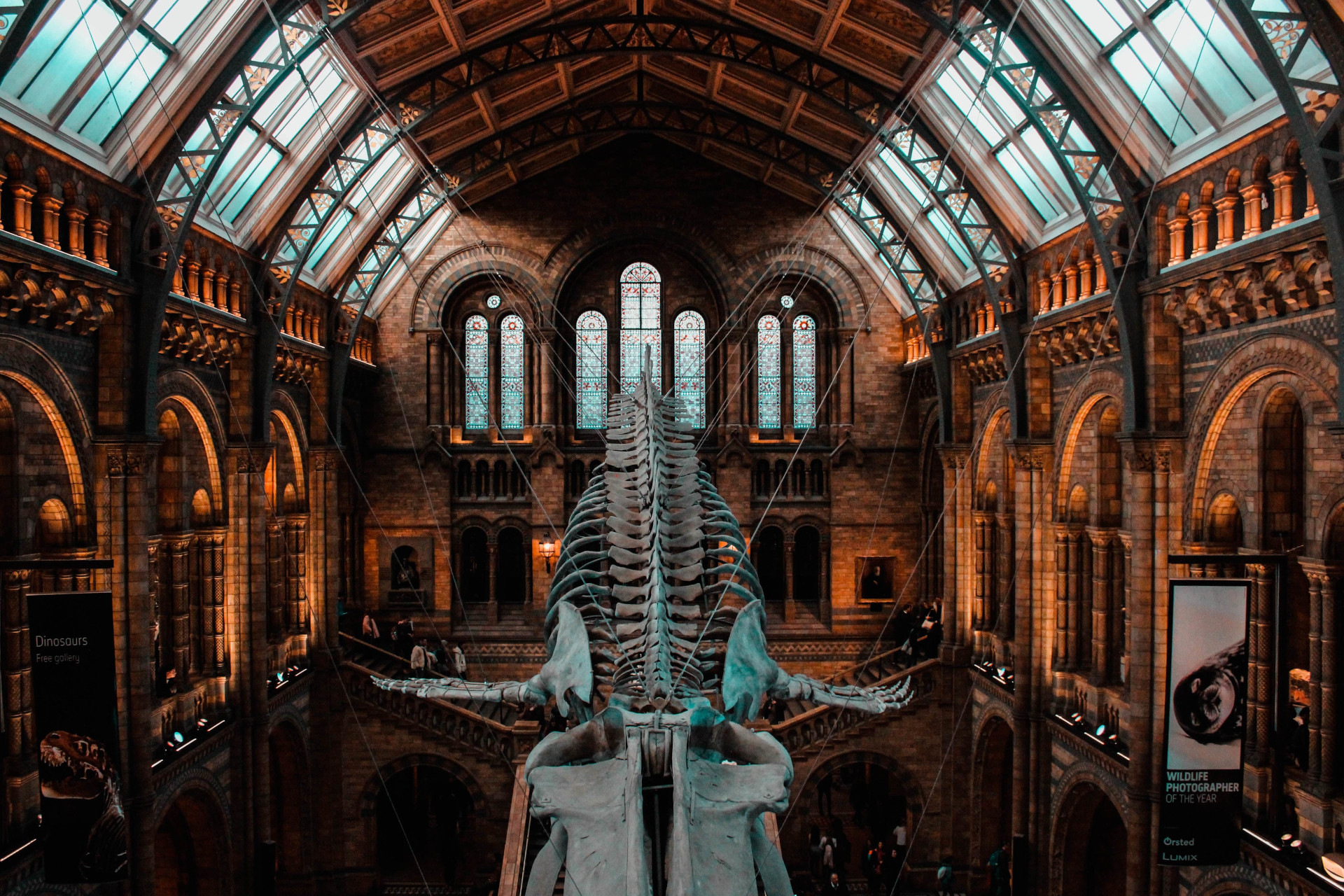
How to Make Museums More Accessible for People with Disabilities?
Culture for all is a universally acknowledged notion. We, as human beings, depend on culture, whatever form it may take, to understand our society, to be a part of it, to think outside the box… If you’re a museum curator or director, you may be sensitive to that and want to offer your visitors the best experience possible. But what about visitors with disabilities? What are the solutions you can set up to make museums accessible to them?
Not only does accessible museums mean welcoming all types of visitors, regardless of their profile, but it also means making the content understandable for them. You, as museum professionals, need to answer both challenges. Whether it’s a painting, a sculpture or a documentary, museums need to make culture accessible to its visitors. It has always been an area that easily warmed up to accessibility, much earlier than others. Seeing that culture focuses on creating dialogue and human connections and is synonymous with social inclusion, that makes perfect sense.
Let’s see the guidelines you should follow to make your museum more accessible!
Why is making museums more accessible so important?
Museum accessibility is indeed covered by the Americans with Disabilities Act (ADA) meaning that museums have to provide accessibility for visitors with disabilities. They need to provide equal access and services to their venues for all types of audiences.
According to the American Alliance of Museums (AAM), in 2019 museums in the U.S. produced 50 billion dollars with approximately 850 million visitors. Even though the world pretty much stopped in 2020 due to COVID-19, culture remains an essential part of our lives. With around 40 million Americans with disabilities, they represent potential visitors for museums to attract.
Plus, of course, our need to connect with others and to other ways of thinking is key. Something that we all long for, including people with disabilities. Culture in general and museums in particular enable us to be more included in our society and to meet other people out of our comfort zone. That’s the power of social inclusion. Accessible museums simply make it easier for all audiences.
The Smithsonian Institution paves the way for others by making available accessibility guidelines for museum professionals. This applies to any museum dedicated to providing inclusive experiences to all its visitors.
Removing accessibility barriers at every stage
For museums to be more inclusive, accessibility barriers need to be removed at every step of the way. This means implementing a seamless mobility chain. It’s not just to be guaranteed when using public transit but when going from point A to point B: a blind person who would go from their home to a public venue. All inbetween stages need to be made accessible to ensure this person can properly reach their final destination.
Let’s see the stages where you, museum professionals, need to focus in order for visitors with disabilities to fully enjoy what the museum has to offer!
Preparing the visit
It’s probably the most important stage for people with disabilities. Indeed, they need to apprehend beforehand the venue they’re going to visit in order to make sure they’re not going to meet any difficulties during their trip or once they’ve arrived. Once again, everything needs to be seamless.
To get all the necessary information, your museum website is of course the most reliable resource. But the website needs to be accessible for all types of users. Check our article on digital accessibility to understand what it entails exactly! Simple solutions like subtitled videos, visual contrast and using alternatives to captchas can greatly help users with disabilities navigate the Internet.
Providing an online map to visitors is greatly useful for those with disabilities. They can apprehend the galleries and all the points of interest by themselves to get the most of their visit. Plus, they can download it on their phones and access it whenever they need it. As we previously saw in another article, 84% of people with disabilities use a smartphone!
Seeing that some of the museums are gigantic mazes, being able to find the main entrance, your bearings and to know exactly where the accessible equipment like accessible restrooms are located is extremely convenient. For example, the Met in New York City represents the 5th largest museum in the world and was the most visited one in the U.S. in 2019 with 6,770,000 visitors. Its online map is well conceived to help any visitors enjoy their visit.
Going to the museum
Once visitors have spotted the exact location of the museum they want to visit, they need to plan their trip to go there. What’s the best way to go there according to their needs? Where are the accessible parking spaces for wheelchair users? In a large city, using public transit can be the easiest way to get around. But it means riding an accessible subway for more autonomy.
Blind visitors can struggle to find the exact location of the museum entrance. A sound signage system like audio beacons remains the best solution to guide them. For example, NAVIGUEO+ HIFI audio beacons can be installed at the museum entrance and activated on demand by users to avoid noise pollution whether with a remote control or their smartphone with the MyMoveo app.
Apprehending the museum and its galleries
Now that visitors with disabilities have access to your museum, they need to be able to get around freely and in complete autonomy. Welcoming visitors with different profiles means having a staff trained to best assist them according to their needs. It’s even more important with guided tours specially reserved for blind visitors. Being patient and letting them feel the works of art when possible at their own pace enables them to feel safe and to properly enjoy their visit. Besides, it takes a good storyteller to describe colors, shapes and all the details so make sure your staff knows how to make blind visitors “see” your collections!
Moreover, all the services provided by your museum such as galleries, cafeterias and restaurants, restrooms and shops need to be accessible. Let’s see the basic equipment you need to implement to physically welcome visitors with disabilities and guide them!
| Blind and visually impaired visitors | Tactile guide paths |
| Secured stairs with handrails and visual contrasting non-slip stair nosings | |
| Audio information | |
| Braille plaques | |
| Deaf and hearing impaired visitors | Assistive listening devices |
| Audio induction loops | |
| Visual information | |
| Visitors with reduced mobility | Lowered counters at information desk, restaurant and shop |
| Courtesy wheelchairs | |
| Ramps and elevators | |
| Large spaces for wheelchair users | |
| Wheelchair seating areas | |
| Visitors with a cognitive impairment | Universal pictograms |
| Visitors in the autism spectrum | Quiet places |
Although guide paths help blind visitors find their way, they’re not to be used meagerly since too many of them could alter the esthetics of your venue.
That’s why more and more museums choose to turn to digital solutions like navigation apps to apprehend the venue and easily get their bearings. The Sign Research Foundation established a guide on Digital Wayfinding Trends: Lessons Learned from Museums, Healthcare and Transit Experiences. This shows how these three different fields encounter the same issues about helping people with disabilities find their bearings in a complex environment but how a digital wayfinding solution can in fact solve them.
Besides, the Luma Foundation in Arles, France chose a wayfinding app for its visitors. The museum chose to provide its visitors with disabilities with the best experience possible by implementing Evelity: an indoor navigation app specifically conceived to suit any user profile.
Thus it’s perfect for:
⊗ Blind and visually impaired visitors: the app provides audio instructions thanks to VoiceOver and TalkBack screen readers.
⊗ Deaf and hearing impaired visitors: a focus on text descriptions and icons.
⊗ Visitors with reduced mobility: they are given optimized routes meaning they are aware beforehand of the locations of elevators or escalators.
⊗ Visitors with a cognitive impairment: easy-to-read instructions that help them navigate their way without feeling overwhelming.
Plus, users can keep their phone in their pocket while using Evelity in order to enjoy the museum without having to carry it. This app truly helps visitors with disabilities feel more comfortable in an unfamiliar environment and make this museum accessible without having to undertake major renovation works.
And French architect Nadia Sahmi couldn’t agree more on the importance of physical and psychological comfort for all in cultural venues. She worked for instance on the Luma Foundation and the Vuitton Foundation. We had the chance to interview her and she gave us her insight on what culture for all entails. In her work, she focuses on a human-centered approach to take into account everybody’s needs. And every single detail counts: “For example, there’s no point in having properly sized spaces if we don’t take into account the light, preferably natural light or a well-thought artificial light.”
Obviously, lighting is extremely important for museums since they favor low lighting to preserve their collections. But this can represent an obstacle for visually impaired visitors who wouldn’t be able to fully enjoy the works of art. The Mary Rose museum in Portsmouth England opted for “relaxed opening mornings” once a month when light levels are higher than usual for visually impaired visitors to properly enjoy the warship. This solution also helps people in the autism spectrum and people with dementia to feel more comfortable.
Inclusive design thus proves to be essential to make museums accessible. The goal is to create solutions that meet the needs of several groups of people, something that cultural places like museums have always focused on, long before other fields to make culture accessible to all.
Accessing the cultural content
Although inclusive design can help make your museum more accessible, other solutions come into action to ensure all types of visitors can easily access the cultural content exhibited. Let’s review existing solutions some museums chose to implement!
| Blind and visually impaired visitors | Verbal descriptions by professionals |
| Audioguides | |
| Tactile models | |
| Deaf and hearing impaired visitors | Text descriptions |
| Subtitled videos | |
| American Sign Language (ASL) interpretation | |
| Visitors with reduced mobility | Lowered works of art |
| Lowered text descriptions | |
| Accessible seating places at video rooms | |
| Visitors with a cognitive impairment | Verbal descriptions by professionals |
| Easy-to-read descriptions |
The app Evelity, mentioned earlier, is perfect for museums: not only does it guide visitors with disabilities but it can also provide geolocated cultural content read by voice synthesis directly on their phones. Thus Evelity turns into a cultural mediation tool. An all-in-one solution to make your museum accessible!
That’s what the Maison Victor Hugo museum in Paris opted for: the app provides visitors with information about the venue, the artworks, the life of famous French author in addition to guide them from exhibition room to exhibition room.
They have access to a true phygital experience, a unique and interactive one.
What Is a Phygital Experience and How Can It Improve the Accessibility of Your Venue?
Some museums even go the extra mile like the Guggenheim in New York City for whom accessibility is important. They’ve established Mind’s Eye programs to provide sensory experiences to visitors with a visual impairment. They’ve also created a social narrative guide explaining to people with sensory processing disorders what to expect during their visit.
Making your museum accessible isn’t just about the venue in itself. Finding ways for people with disabilities to access the cultural content represents one of your most important challenges. Whenever possible, a lot of museums break with the famous “don’t touch!” rule for blind visitors and implement various types of tactile objects and models. This enables them to “see” by themselves the works of art through touch.
Creating tactile models and providing visitors with original experiences is Tactile Studio’s mission. This inclusive design agency is specialized in promoting the arts and culture for all. Their innovative works make museums more accessible, including famous ones like the Louvre in Paris. The most visited museum in Europe now has tactile stations showing blind visitors all the construction phases of the Louvre.
Relying on modern technology to make museums accessible
3D printing, which has become more generalized, also represents a great way for blind visitors to apprehend a certain work of art. However, relief models aren’t the only way to make cultural content accessible to them. A lot of digital solutions appear to reach a wider audience. Tactile Studio also happens to focus on them. The agency set up digital services for the “Photographs: An Early Album Of The World 1842-1896” exhibition at the Louvre Abu Dhabi. Implementing interactive animations, graphical interfaces and a digital narration is just another way for visitors to explore your museum and its collections.
Some museums even have their own apps displaying their works of art in a different format and offering a virtual tour like the National Museum of Natural History in Washington D.C. Its Deep Time Audio Description App enables users to explore the Fossil Hall directly on their phone thanks to a self-guided tour providing alt text images, visual descriptions and interactive touchscreen.
Living interactive experiences makes culture come to life. This explains why more and more museums bet on virtual reality (VR) to show their exhibits. Visitors just have to wear a helmet to explore an exhibit. This can be very useful for visitors with reduced mobility: they can enjoy an exhibit at their own pace. Or even for blind visitors who could feel like they’re “touching” a forbidden sculpture. The National Museum of Natural History in Paris even set up a permanent Cabinet of Virtual Reality so that visitors can dive into Evolution. This enables visitors to be completely immersed in a stimulating environment.
It’s the same process with augmented reality (AR) even though it’s via an app. This technology offers an altered version of the environment. It helps visually impaired visitors have a better sense of the work displayed in front of them with more contrast and highlight on details. Once again, the National Museum of Natural History proves to be a pioneer in modern technology. In order to showcase the skeletons from its famous Bone Hall, the museum created an augmented reality app: Skin and Bones. A way to show users how these animals used to move!
In order for your museum to be more accessible, you need to rethink the way you showcase your collections to best suit all types of audiences. It’s obvious that providing inclusive experiences is becoming the norm. Culture for all isn’t just a trend. As we saw, museums are all committed to having accessible venues providing accessible content! What about yours?
Check out this study on museum accessibility for blind and visually impaired people in France led by Okeenea Digital! You’ll learn precisely what obstacles users with a visual impairment encounter when they go to a museum.
Updated on May 24th, 2022 / Published on June 11th 2021
media
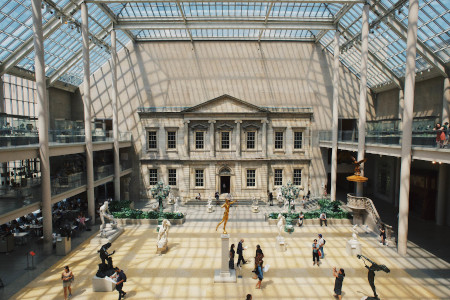
Making your museum accessible isn’t just about the venue in itself. (…) Whenever possible, a lot of museums break with the famous “don’t touch!” rule for blind visitors and implement various types of tactile objects and models.
writer

Carole Martinez
Content Manager
stay updated
Get the latest news about accessibility and the Smart City.
other articles for you

6 Tips to Communicate with a Blind or Visually Impaired Person
We’ve come up with 6 tips to easily communicate with a blind person! Thanks to them, you’ll be able to make them feel welcomed!
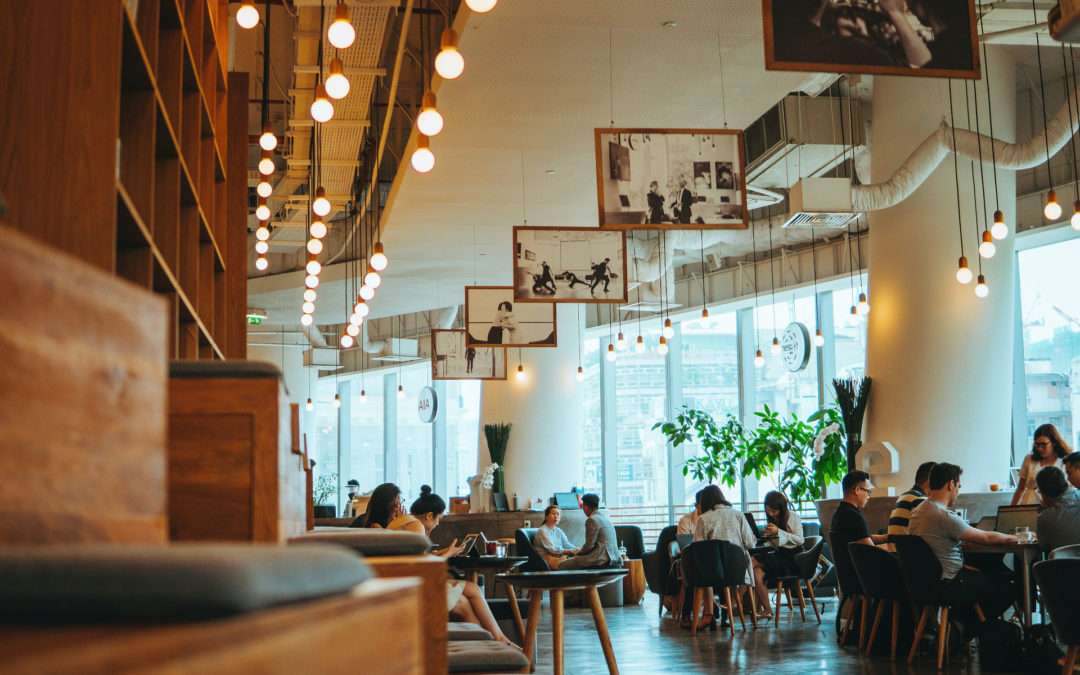
What You Need to Do to Ensure Accessibility for Deaf People at Public Venues
Discover all the solutions to make the deaf community feel welcomed at your venue!
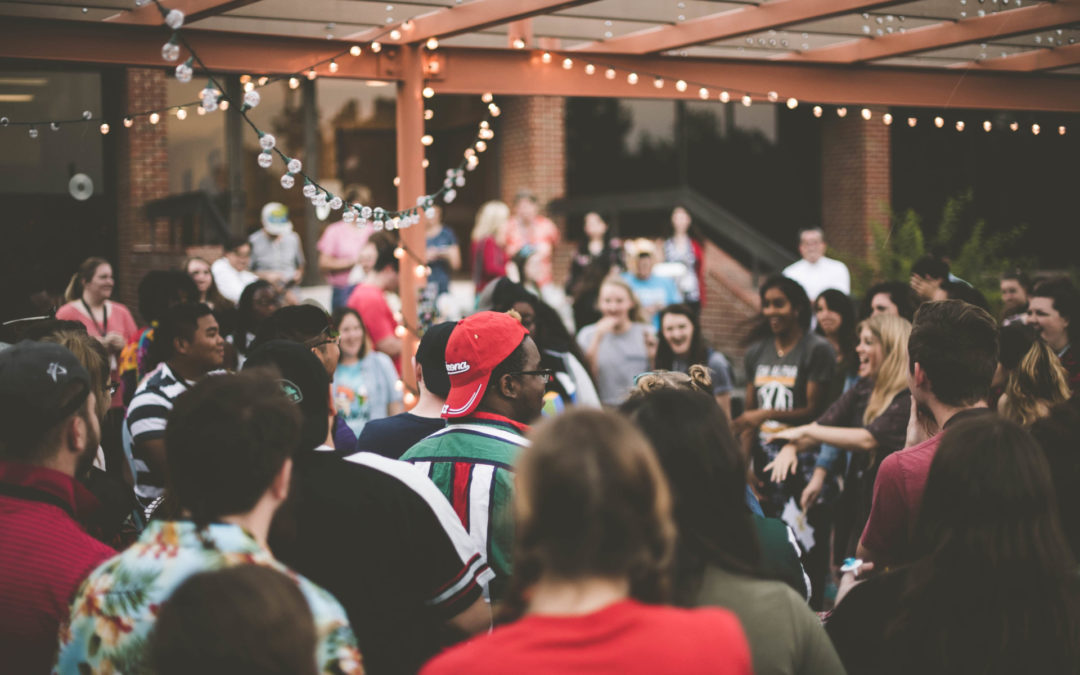
Invisible Disabilities: 80% of Disabled People Are Concerned!
What are the types of invisible disabilities? And how can you help people who have some be more comfortable at your venue?
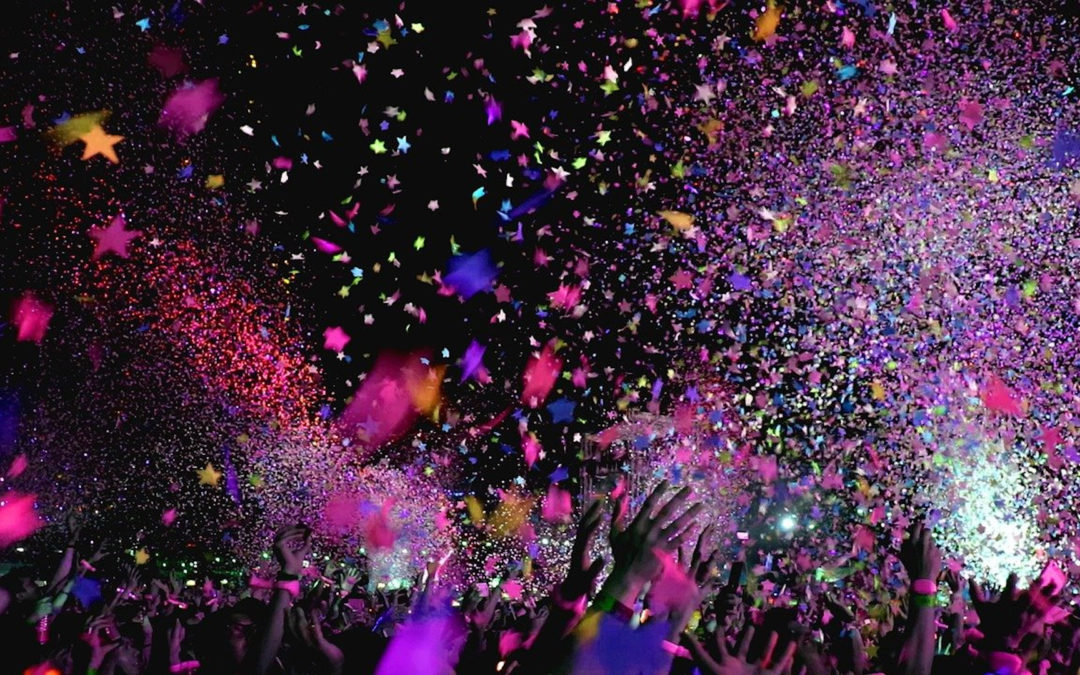
Disability Pride Month: What Is It and Why Is It Important?
July marks the celebration of Disability Pride Month! People with disabilities can raise awareness on their issues. It concerns all of us!
share our article!
more articles
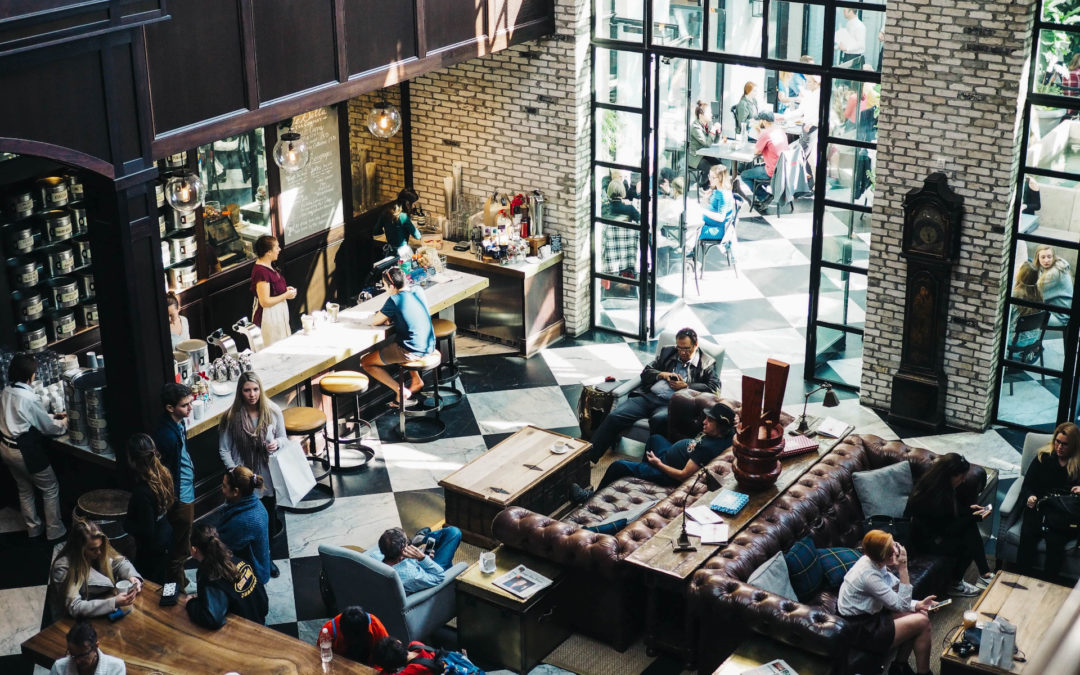
What You Need to Do to Ensure Accessibility for Customers with Intellectual Disabilities at Your Venue
What You Need to Do to Ensure Accessibility for Customers with Intellectual Disabilities at Your VenueLa déficience intellectuelle est probablement la déficience la moins connue. Qu'implique-t-elle exactement ? Quels sont les besoins des personnes présentant une...
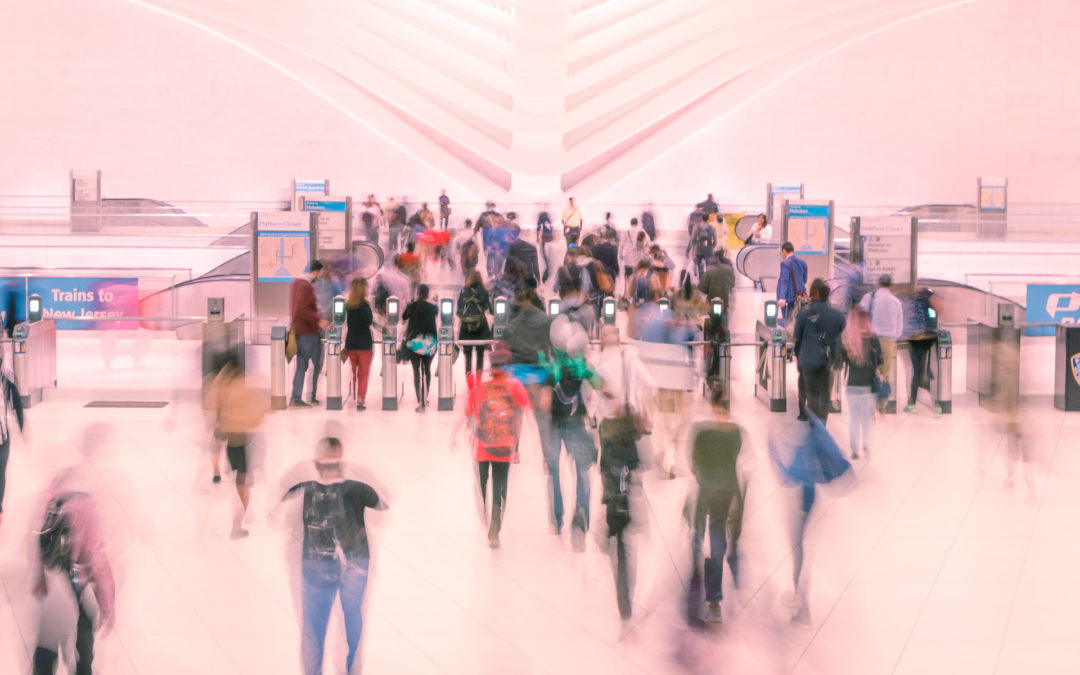
How to Guarantee a Seamless Mobility Chain to Users with Disabilities?
How to Guarantee a Seamless Mobility Chain to Users with Disabilities?Whether you are a subway network operator, an architect, a roadway manager or a museum director, guaranteeing a seamless mobility chain to your users isn’t the conundrum you’d expect. Having an...
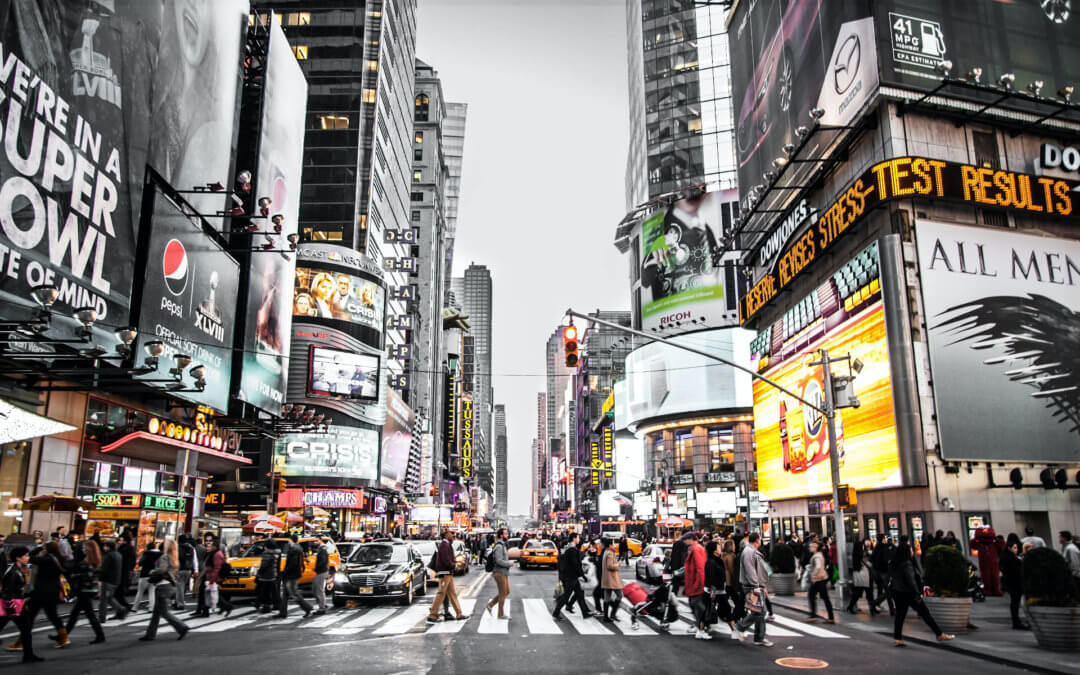
Removing Traffic Lights vs Pedestrian Safety: a Guide to Inclusive Streets
Removing Traffic Lights vs Pedestrian Safety: a Guide to Inclusive Streets Promoting active mobility and encouraging public transport in our cities of the 21st century often involves removing traffic lights. A change that’s not welcome for all pedestrians,...

Public Transport Information Accessibility: 5 Solutions for Deaf and Hard of Hearing Users
Public Transport Information Accessibility: 5 Solutions for Deaf and Hard of Hearing Users "Due to an accident on the track, the metro will be stopped for a few moments, thank you for your understanding", "Line 21 is diverted due to road work, exceptionally the...
NEVER miss the latest news about the Smart City.
Sign up now for our newsletter.
Unsubscribe in one click. The information collected is confidential and kept safe.
powered by okeenea
The French leading company
on the accessibility market.
For more than 25 years, we have been developing architectural access solutions for buildings and streets. Everyday, we rethink today’s cities to transform them in smart cities accessible to everyone.
By creating solutions ever more tailored to the needs of people with disabilities, we push the limits, constantly improve the urban life and make the cities more enjoyable for the growing majority.

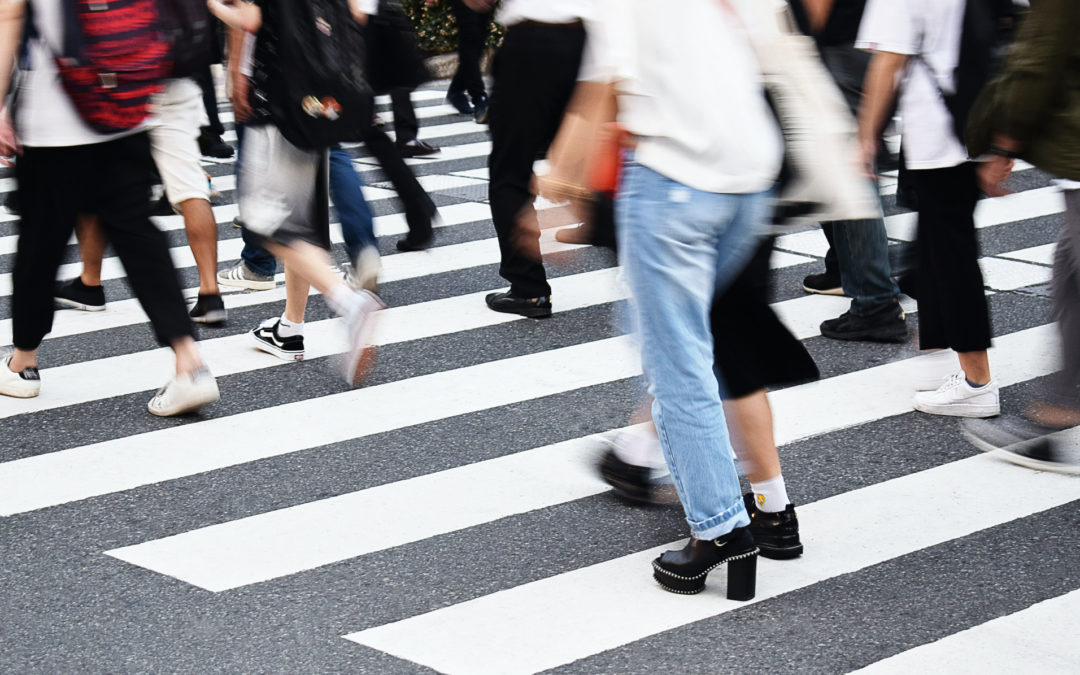
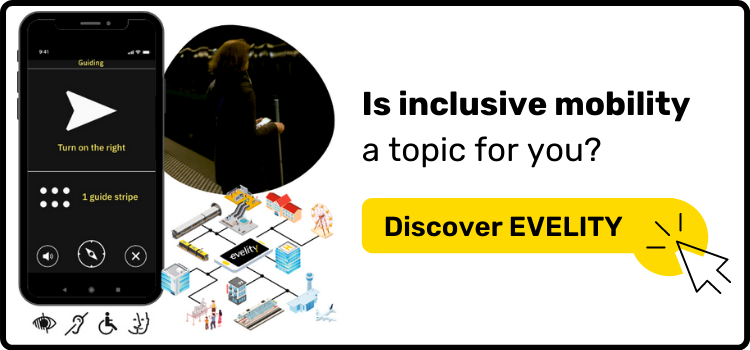




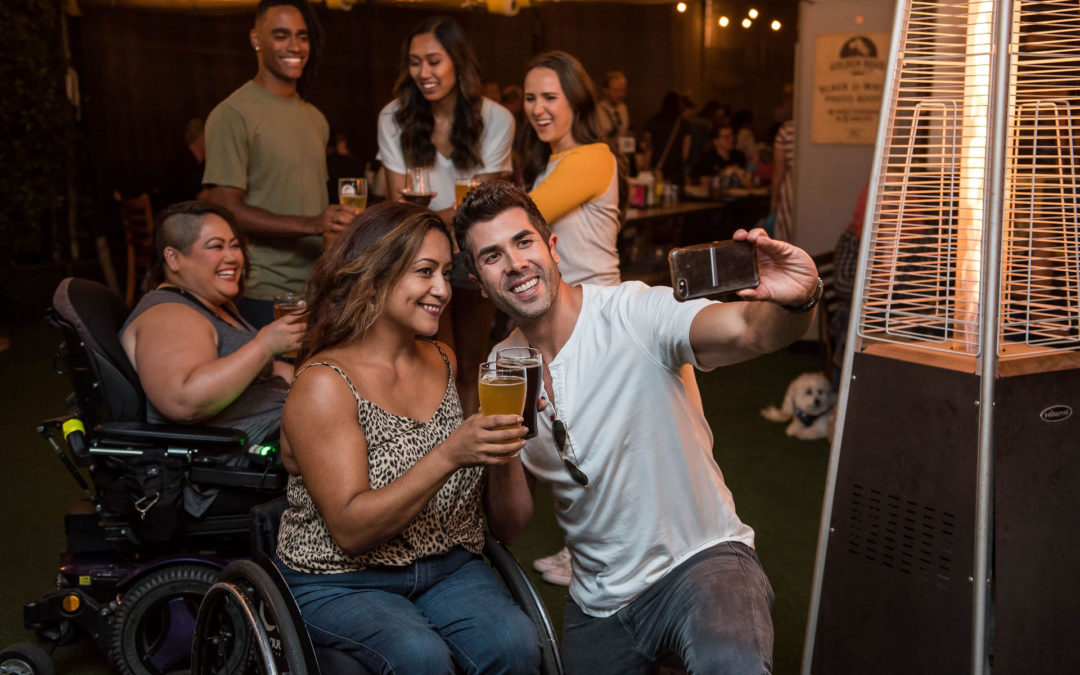
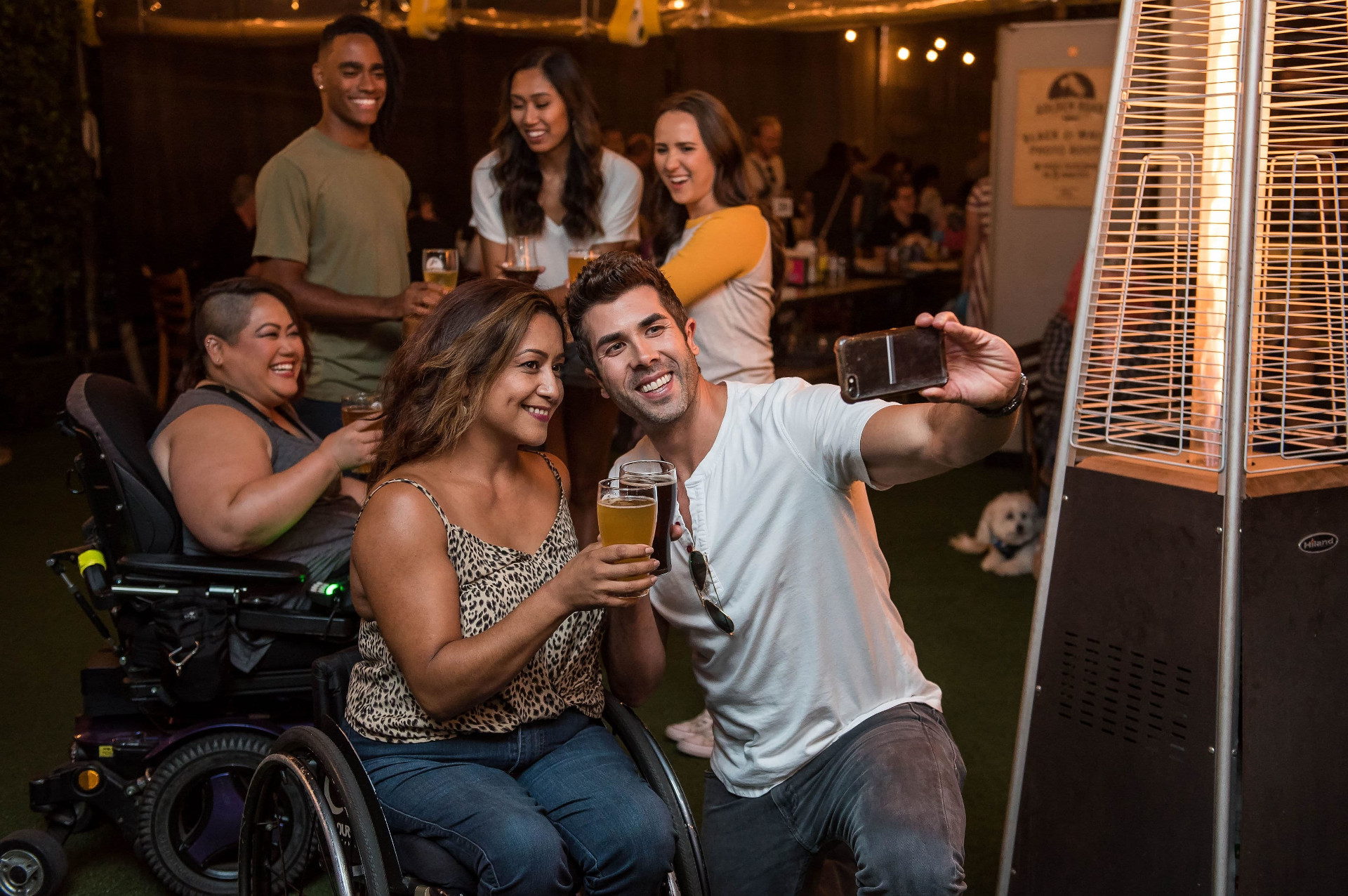
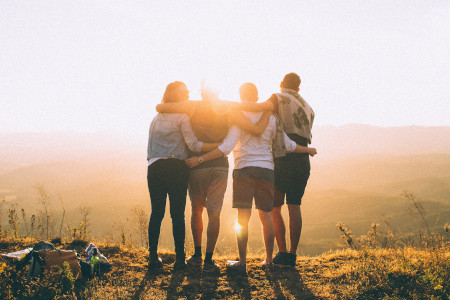
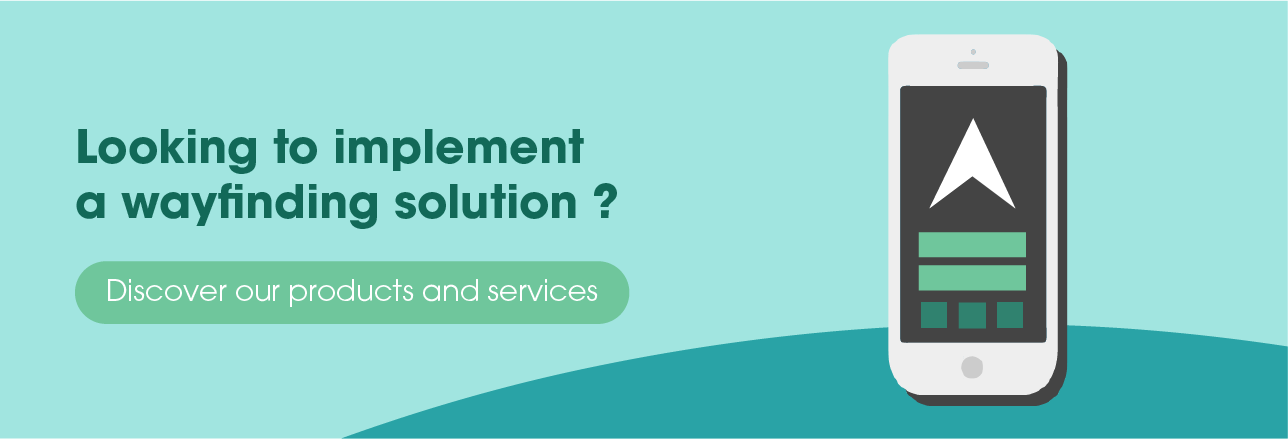
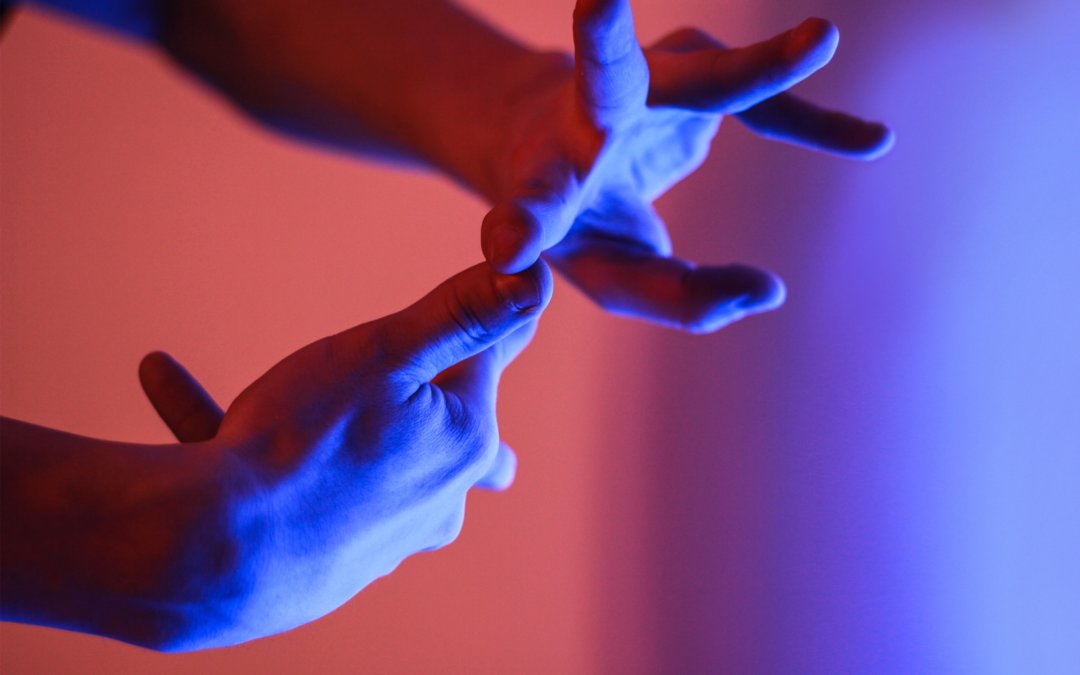
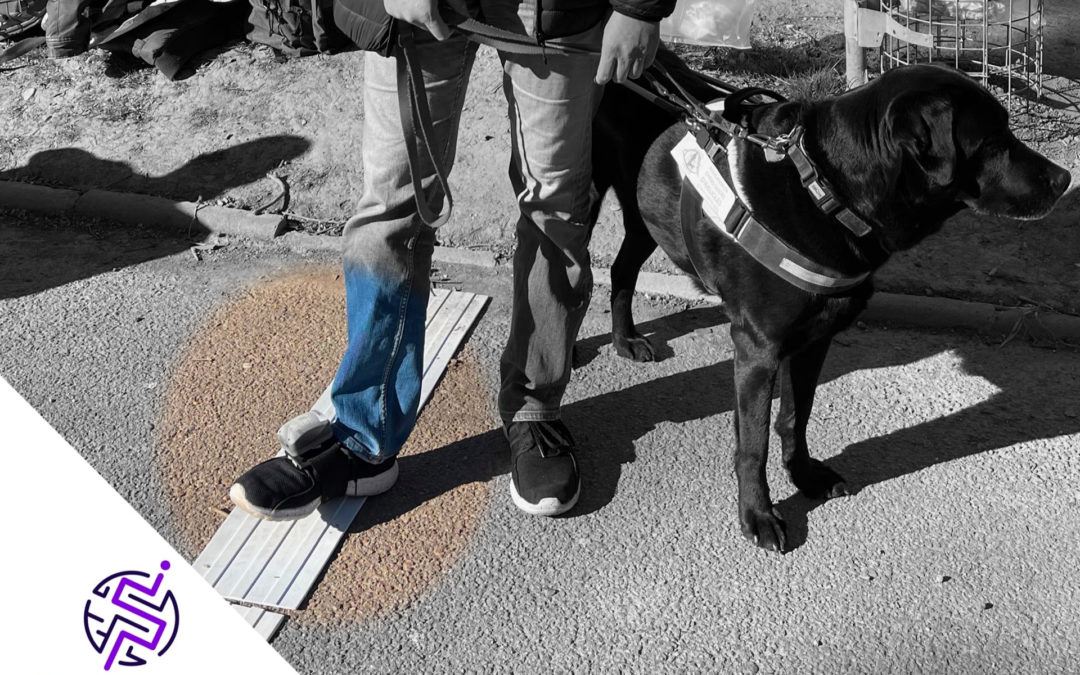
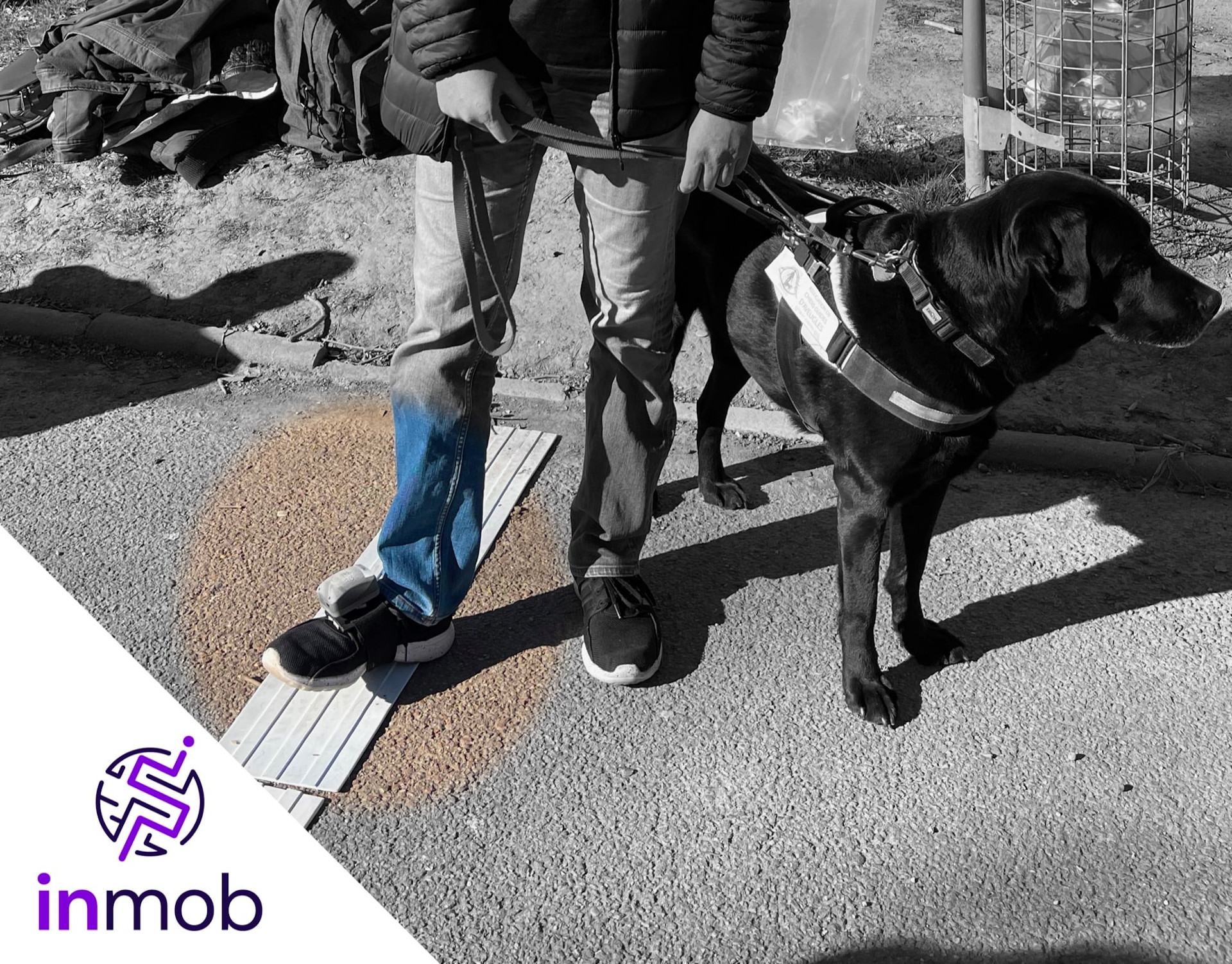
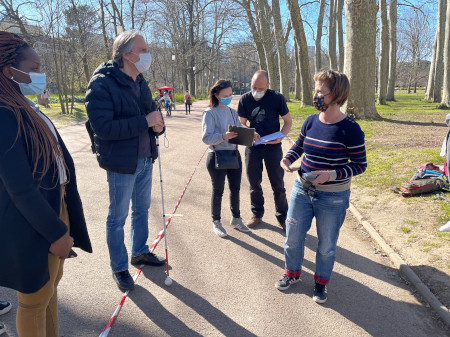
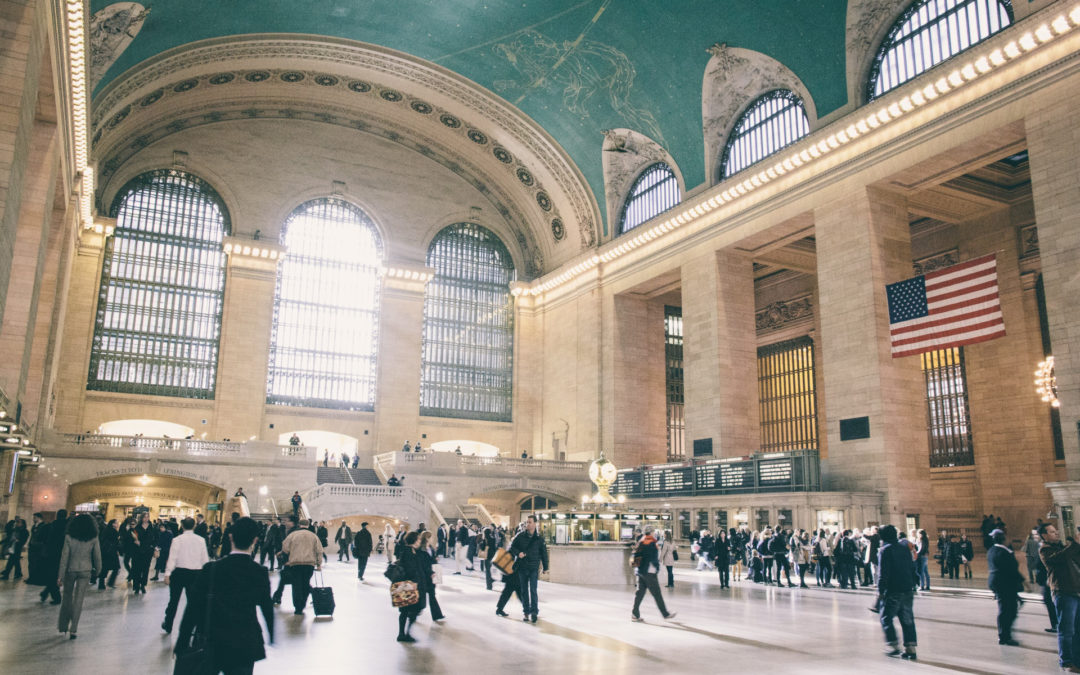
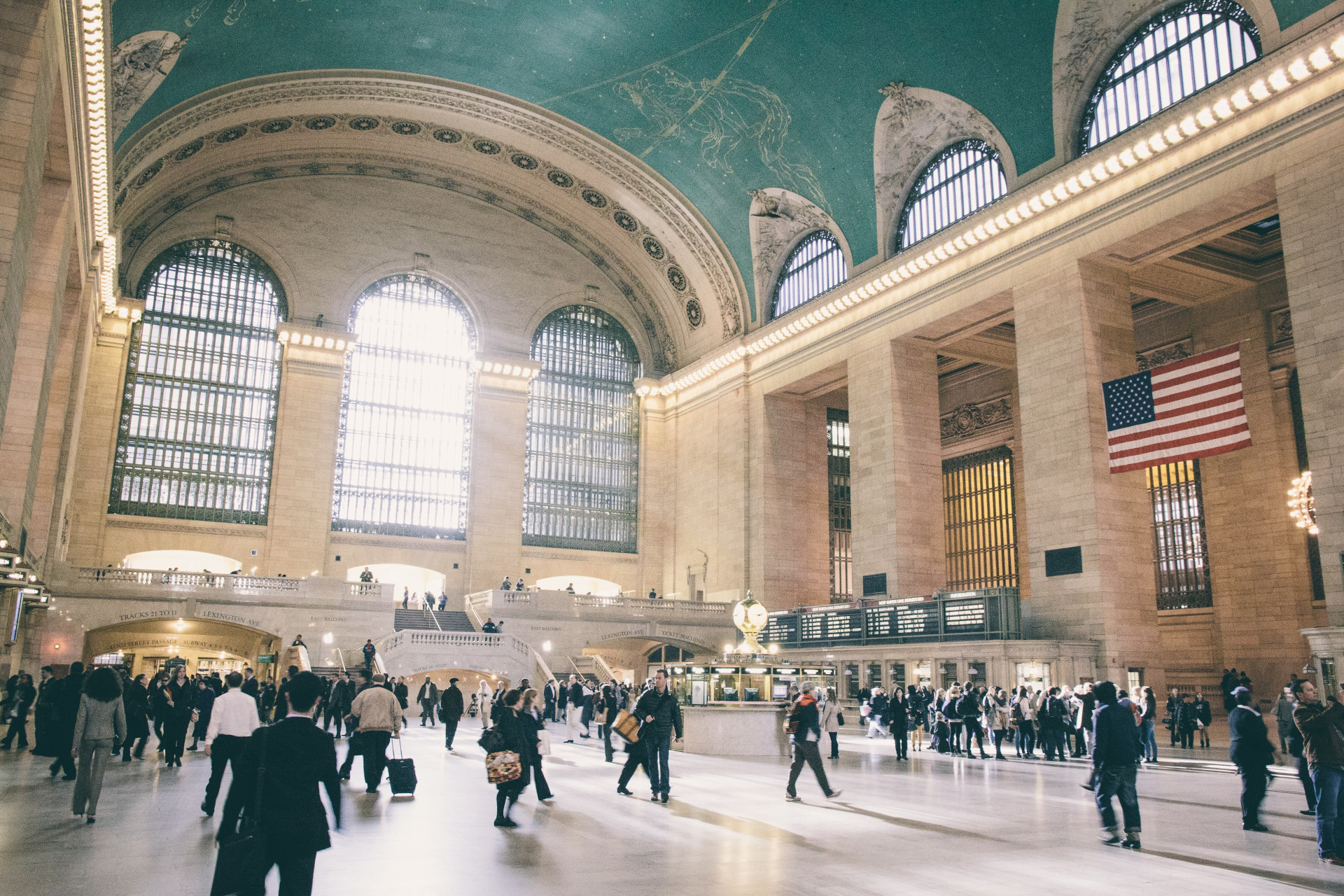

Recent Comments